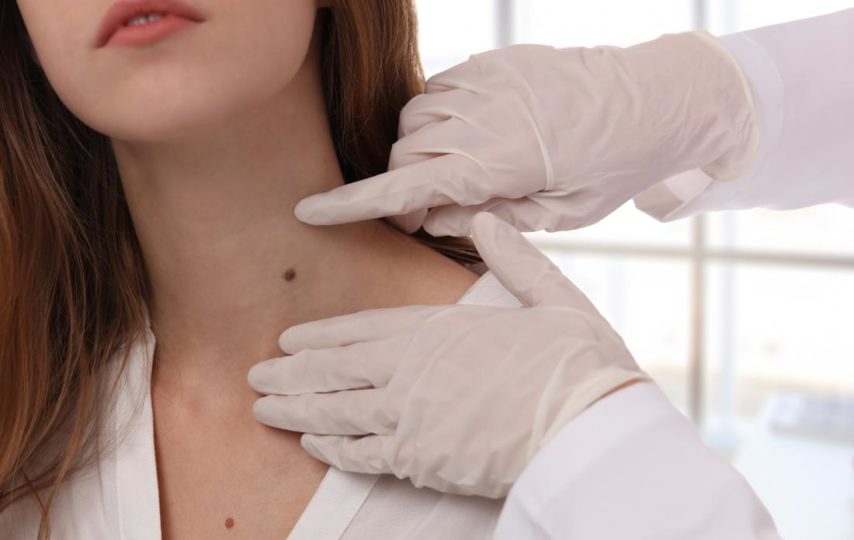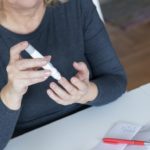Australia has the nation’s largest incidence of skin cancer. Nearly two-thirds of Australians will be identified with this cancer by the age of 70. Non-melanoma skin cancers such as basal cell carcinoma and squamous cell carcinoma account for a large number of cases. They’re simple to handle, and they don’t expand to other areas of the body. Sundoctors efforts have managed to increase public knowledge about skin cancer check over the past 30 years. However, since most people understand that early diagnosis is the safest, there is some debate on whether or not to see a Skin Cancer Specialist on a regular basis. Mammograms, stool tests, and Pap tests are recommended in cervical, breast, and bowel cancer prevention services, but not in skin cancer screenings. You can also visit std check singapore for std check.
Opportunistic Screening
According to recent clinical recommendations, you can examine your own scale and request a skin check from your doctor if you find anything unusual. This means getting to know your skin and looking for new lumps, moles, legions, or sources, as well as those that have modified shape color, or scale. Since – there is very little evidence that testing anyone will save lives.
● Non-melanoma skin cancer kills a small percentage of people.
● Melanoma in its advanced stages is fatal; however, the level of occurrence of Melanoma does not warrant a public screening program on economic grounds.
● The device to be utilized for mass screening is insufficiently accurate; GPs can eliminate a large number of benign lesions but are unable to detect or eliminate cancer.
What Should You Do If You Find A Suspicious Spot?
When you notice a strange spot on the skin, ask your GP for a skin check. Your family doctor is the first person to call because he or she is familiar with your medical and family history. Your skin lesion can only be diagnosed as obviously benign, clearly malignant, or too similar to call by the doctor. If the doctor is certain that the lesion is skin cancer, he or she will advise you to have it removed. Each GP is aware of their surgical limitations and will refer you to a dermatologist if necessary. You can ask for a referral to a dermatologist or a plastic surgeon if you’re worried about scarring. There is no need for medication if the doctor is certain that the lesion is benign. He will analyze any other skin lesions and give you guidance on sun safety and early skin cancer detection.
Conclusion
People who have had cancer in the past should see their dermatologist at least once a year for a skin check. People who have had more than 20 procedures for solar keratosis can see a dermatologist for an initial evaluation and then every two to three years after that. Those with fair skin, blue eyes, red hair, and a lot of moles can go for a skin examination until they reach the age of 30 if they have a first-degree parent who has had melanoma. People with blonde hair, blue eyes, and fair skin should wait until they are 40 years old, while the others should wait until they are 50.



